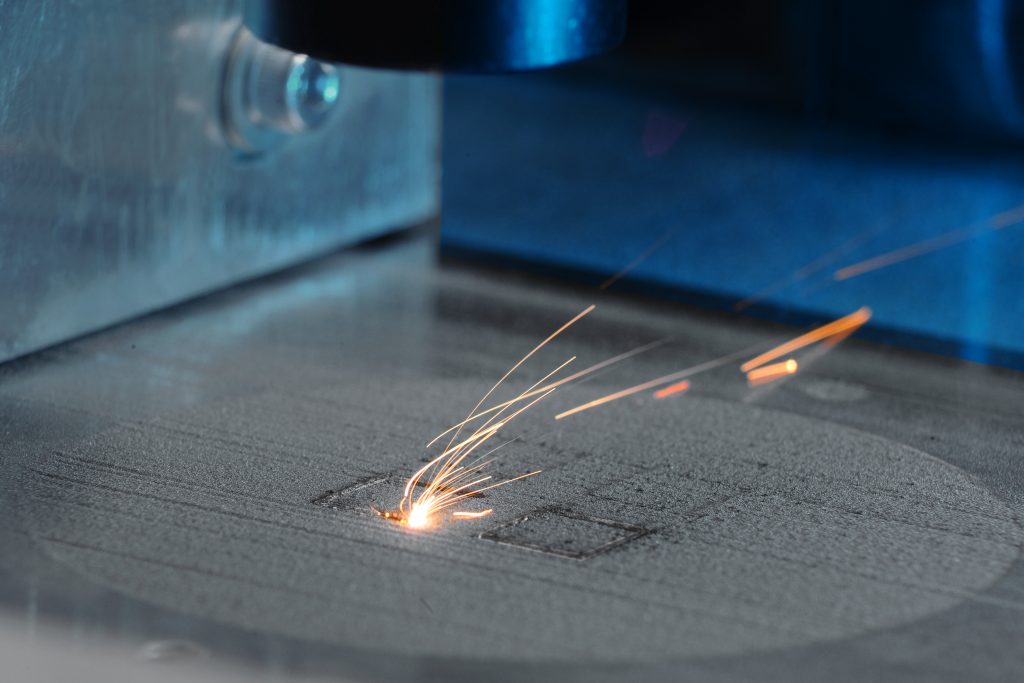From large scale metal 3D printing through to quantum-dot technology, the Fraunhofer Society is behind some of the most pivotal advances in technology. Back in 2005, one of the society’s 69 institutes (the Fraunhofer Institute for Integrated Circuits – IIS) even invented and patented the MP3 file format, using Suzanne Vega’s Tom’s Diner as a test track for sound quality.
An international leader in scientific breakthroughs, the Fraunhofer Society has now been granted EUR 30 million (USD 37.3 million) by the German government to fund cutting-edge 3D printing and nanotechnology research.
The money will be used by the Fraunhofer Institute for Additive Production Technology (IAPT) and the Fraunhofer Center for Applied Nanotechnology (CAN), on research projects over the next five years.

Lasers to LEDs
Fraunhofer IAPT is a new acquisition of the society, previously the optical specialist Laser Zentrum Nord (LZN). LZN joined Fraunhofer at the beginning of January 2018, joining five other institutes on a project to make metal 3D printing cheaper and faster.
Fraunhofer IAPT’s expertise is working with laser-powered 3D printing processes such as SLM.
Fraunhofer CAN on the other hand, is part of the Institute for Applied Polymer Research and focuses on the development of nanoparticles and nanocomposites, including application in fuel cells, product markers, LEDs and sun cream.

The future of Hamburg
The multimillion euro deal was co-signed this week by Katharina Fegebank, Deputy Mayor of Hamburg and Dr. Raoul Klingner, Fraunhofer’s Director of Research. Commenting on the agreement Fegebank, who is also Senator for Science, Research and Equality says, “Hamburg is well on the way to become a leading centre of research and innovation in Europe,
“3D printing and nanotechnology are future-orientated fields which are important catalysts of innovation and our city’s development.”
Olaf Scholz, the Mayor of Hamburg, added, “Innovations are guarantors of economic development and prosperity. Linking outstanding science with commerce, Fraunhofer’s model for success, is crucial to Hamburg’s innovative and competitive ability.”
To stay up to date with the Fraunhofer investment and more 3D printing news subscribe to the free 3D Printing Industry newsletter, follow us on Twitter, and like us on Facebook.
Nominate award-winning research in the 2018 3D Printing Industry Awards here.
Featured image shows fluorescent markers embedded in polymers. Fraunhofer CAN photo by Edgar Wacker


